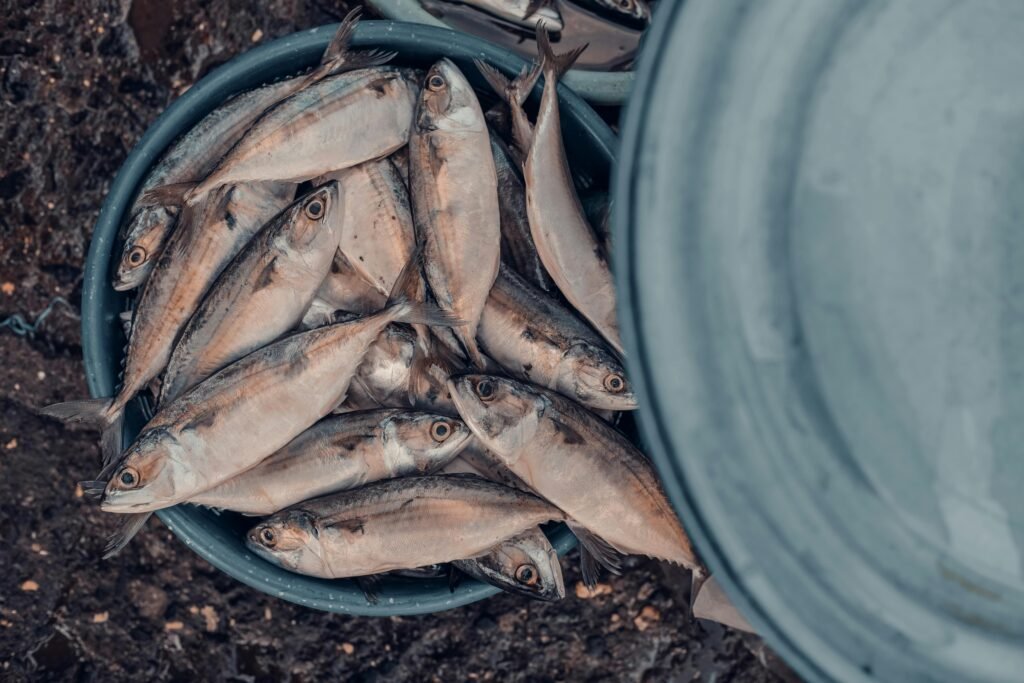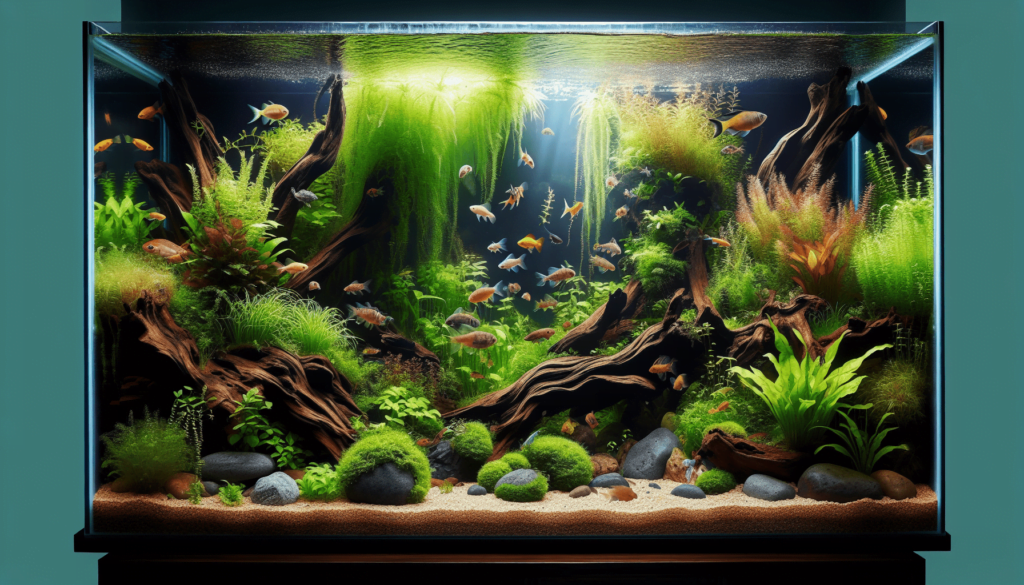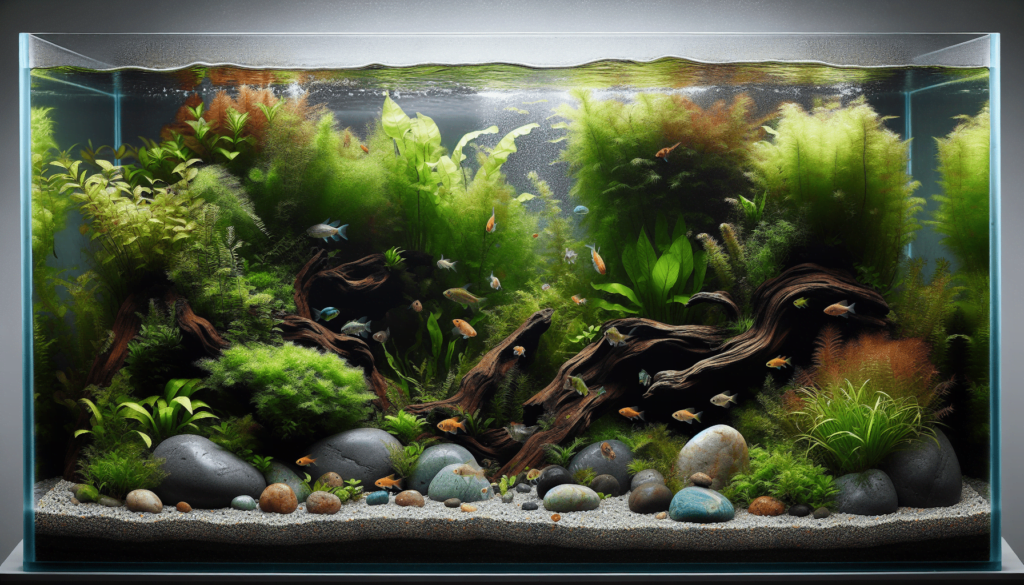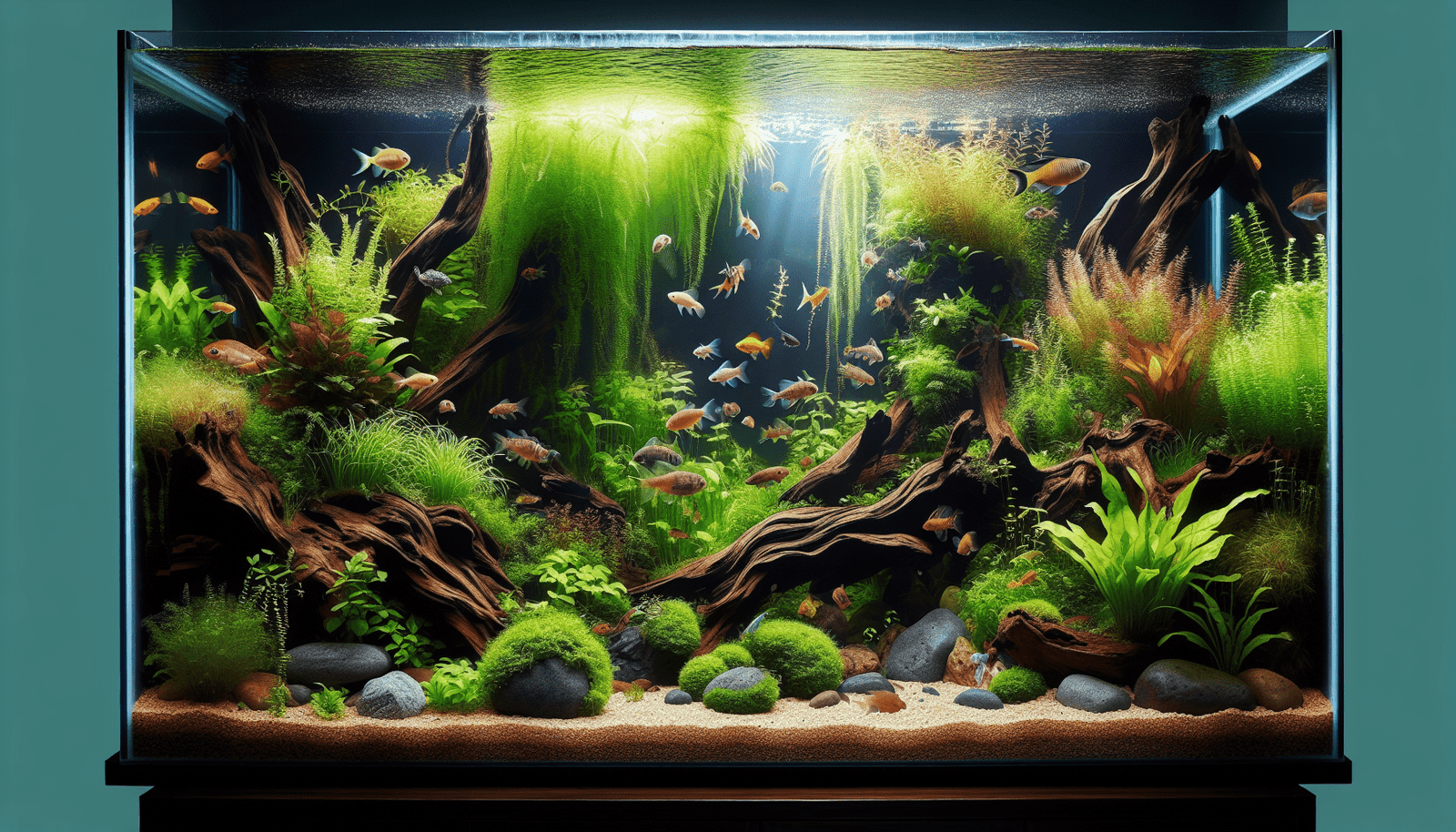Imagine turning your fish tank into a breathtaking underwater garden. That’s what aquascaping is all about! In “Mastering the Art of Aquascaping Fish Tanks,” you’ll dive into the enchanting world of arranging plants, rocks, and substrates to create stunning natural habitats for your fish. Whether you are a beginner or have been decorating fish tanks for a while, this article guides you through every step. You’ll learn the history behind aquascaping, discover cutting-edge trends, and get tips from experts. By the end, you’ll not only understand the key concepts but also how to apply them to create your very own aquatic masterpiece.
Mastering the Art of Aquascaping Fish Tanks
Introduction
Have you ever wondered what makes an underwater scene in a fish tank look like a beautiful, miniature ocean or a mysterious, winding river? That’s the art of aquascaping! Aquascaping isn’t just about putting plants and rocks in water; it’s like painting, but instead of brushes and canvases, you use substrates, rocks, plants, and water to create a living art piece.
What is Aquascaping?
Aquascaping is the craft of arranging aquatic plants, along with rocks, stones, cavework, or driftwood, in an aesthetically pleasing manner within an aquarium—in effect, gardening under water. Think of it as landscaping, but for fish tanks!

A Brief Dip into History
How Did Aquascaping Start?
Aquascaping as we know it began with the Dutch, who pioneered this art back in the early 20th century with their lush, plant-heavy “Dutch Aquariums”. These tanks emphasized the plants over everything else. Then, Takashi Amano from Japan introduced the world to the “Nature Aquarium” in the 1980s, focusing on creating harmonious, balanced ecosystems that mirror natural landscapes. Since then, aquascaping has been evolving into the breathtaking art form you see today.
Key Concepts in Aquascaping
Understanding the Basics
- Substrate: This is the material you put at the bottom of the tank. It can be soil, gravel, or sand and serves as the groundwork for your plants.
- Hardscape: These are the non-living elements like rocks and driftwood that form the structure of your aquascape.
- Plants: From tall, waving fronds to lush green carpets, plants add life and color to your aquascape.
- Water Parameters: This includes factors like pH, hardness, and nutrient levels, which need to be balanced to keep the plants and fish healthy.

Current Trends in Aquascaping
The aquascaping world is always bubbling with new and exciting trends! Recently, there’s a surge in the popularity of biotope aquascapes, where the setup replicates the exact natural environment of the fish and plants it houses, including the water conditions and the type of foliage and rocks.
Deep Dive: Exploring Types of Aquascapes
The Nature Aquarium
The Nature Aquarium style, inspired by Takashi Amano, uses minimalist techniques and follows the rules of thirds and golden ratios to mimic natural landscapes. The focus is on creating a balanced, serene environment.
The Dutch Aquarium
The Dutch style focuses on the arrangement and colors of various plant species. It’s like a lush, underwater garden, with winding paths created by different plant heights and textures.
Iwagumi Style
This style emphasizes simplicity and open spaces. An arrangement of rocks serves as the focal point, usually accompanied by a carpet of low-lying plants and very few tall plants.

Practical Examples
Example 1: Starting your First Nature Aquarium
Imagine choosing a small, 10-gallon tank to start. You’ll need:
- Substrate: Aquatic plant soil
- Hardscape: A few medium-sized rocks
- Plants: Anubias, Java Fern, and some Dwarf Hairgrass for the carpet
- Water: Adjust your water’s pH to around 6.5, and keep the temperature at about 75 degrees Fahrenheit.
Example 2: Creating a Dutch Aquarium
In a larger, 20-gallon tank:
- Substrate: Layered soil and sand
- Plants: Multiple species including Cryptocoryne, Echinodorus, and moss for texture diversity
- Maintenance: Regular pruning to maintain the design, and fertilization for plant health
- Layout: Group plants by species in odd numbers for a natural look.
Comparing Aquascaping Styles
Each style of aquascaping offers a unique visual appeal and maintenance needs:
| Style | Visual Appeal | Maintenance Level |
|---|---|---|
| Nature | Natural landscapes, minimalistic | Moderate to High |
| Dutch | Colorful, garden-like | High |
| Iwagumi | Open, serene, rocky | Moderate |
Future Directions in Aquascaping
As technology advances, so does aquascaping. LED lighting, automated nutrient dosers, and high-efficiency filters are making it easier to maintain these beautiful underwater scenes. We’re likely to see more innovative tools that make aquascaping accessible to everyone, whether you’re a beginner or a seasoned pro.
Implications of Aquascaping
Aquascaping does more than just beautify spaces. It teaches patience, diligence, and the intricacies of ecosystems, making it a wonderfully educational hobby for all ages. Plus, it has therapeutic benefits, helping to reduce stress and increase a sense of peace and accomplishment.
Conclusion
Through mastering the art of aquascaping, you’re not just putting plants and rocks in a tank; you’re creating a dynamic landscape that grows. Whether replicating a dense forest, a rocky mountain, or a rolling field, aquascaping brings nature’s tranquillity right into your home.
Final Thought
Now, imagine sitting in front of your very own aquatic masterpiece. Can you see the fish darting through lush greenery and the gentle sway of the plants in the current? Why not start your journey into the art of aquascaping today?
Get Involved!
Why keep this beauty to yourself? Share your aquascaping adventures in online forums, or join a local aquascaping club. There’s a whole world beneath the water’s surface waiting for you to explore.
Further Reading
For those who are eager to dive deeper into the art of aquascaping, here are a few recommended books and websites:
- “Nature Aquarium: Complete Works” by Takashi Amano
- The Aquatic Gardeners Association website
- “Encyclopedia of Aquarium Plants” by Peter Hiscock
Embrace the calm of the underwater world and let your creativity flow in the water. Happy aquascaping!



